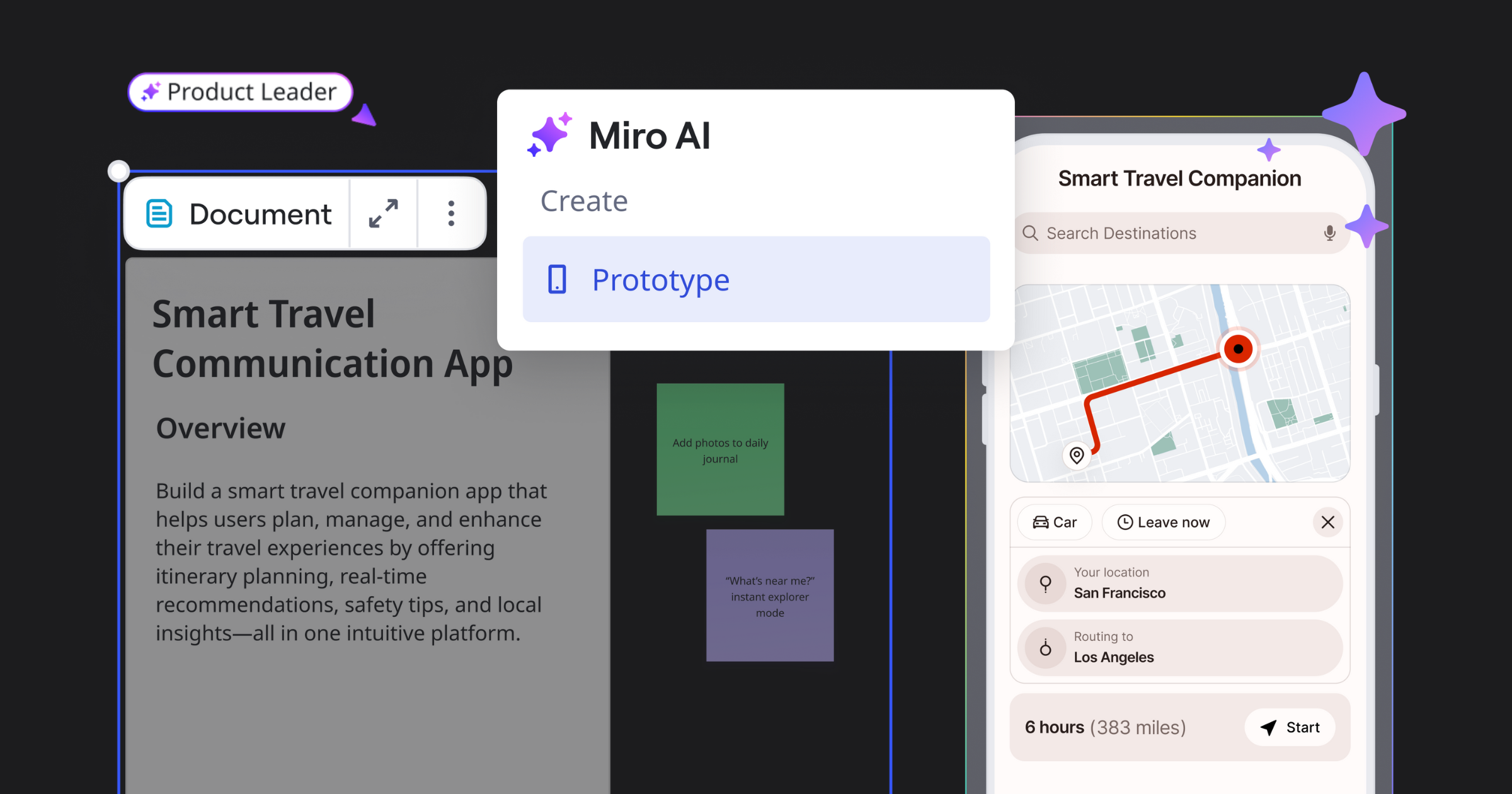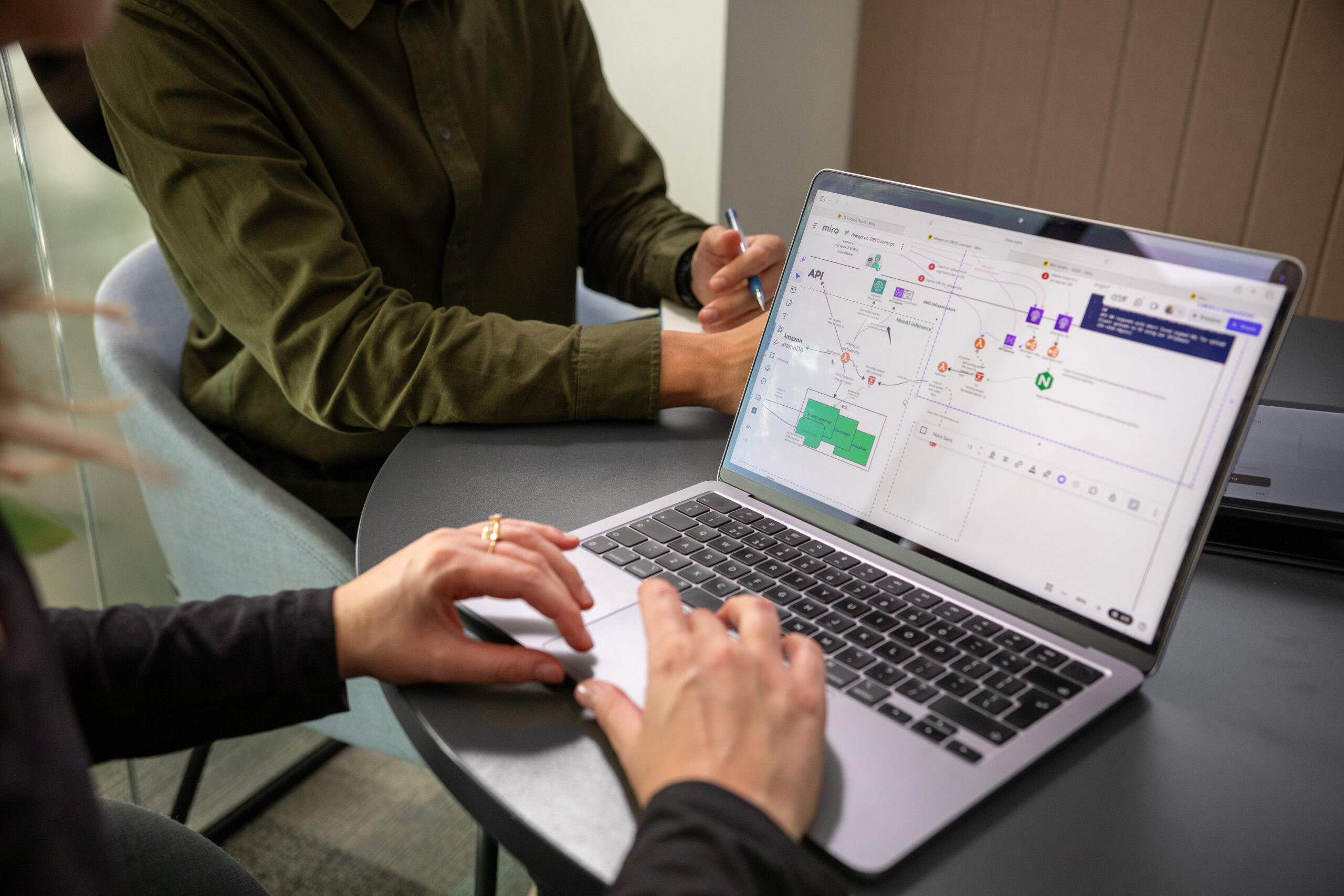If there was one thing you could improve on your team, what would it be? The most common answers to this question aren’t around ability or leadership. Instead, they tend to focus on a lack of alignment and information. These were difficult areas to get right before the shift to remote work and have only gotten more challenging since.
We have experimented with all sorts of approaches for keeping our team aligned and informed at Hugo. It took time, but eventually, we came to a realization: If you want to understand what’s going on inside a company, you need to start with the source of those action items, brainstorming sessions, and user insights. You need to start with meetings.
Alignment is a learned skill for remote teams
It’s not a controversial statement that working remotely differs from the onsite workflow that we have grown accustomed to. While there are major advantages to working remotely, it also takes some getting used to. There’s no more tapping your colleague on the shoulder to get her attention. No more serendipitous run-ins with others while grabbing a cup of coffee. No more quick huddles to get everyone on the same page. We lose hundreds of these little interactions that occurred on a daily basis, from overheard conversations to “good mornings” from your neighbor.
Many of these examples might have seemed insignificant before, but I bet you notice the difference now that you have some remote time under your belt. The reality is that when you put all of these little pieces together, you end up with a better understanding of what’s going on across the organization. You end up with additional context and information that helps you do your job more effectively. Take this away and – you guessed it – your job becomes more difficult and your effectiveness suffers.
So, how do we address the loss of context that happens when working remotely? There are lots of things you can do to encourage more social interaction between teammates. This is important, but it will only take you part of the way there. You need new mediums for sharing information.
We are used to sharing information from person-to-person. Now that we are remote, we lose some of that ability. We have to make up the slack in how we do the work. Getting this right requires more than just adopting new tools, it requires a shift in mindset. You need practices that ensure everyone on your team has the context they need to be successful.
Learn to run more engaging remote meetings
How to capture information & achieve alignment
Hopefully I’ve convinced you that having more information shared across your team is useful, and for remote teams especially, more essential than ever. Alignment is a foundational building block that everything else depends on, and whether we like it or not, alignment begins with meetings.
Meetings are where the action is. They are where tasks are assigned, ideas are brainstormed, and strategies are developed. If your team understands your meetings, they will understand just about everything else. This sounds nice, but in order to get there, you first need to capture your meeting knowledge.
At Hugo, we use a framework for our meetings called Vital. It ensures that the time we spend together is as productive as possible. If this process looks even a little familiar, then you’re already well on your way!
Documenting meetings
When you think about documenting meetings, notes are probably the first thing that come to mind. It’s important to realize that meeting knowledge goes beyond just notes. Meeting knowledge is anything that encapsulates the thinking that took place during that time. Sure, this could be a written document, but it could also be a Miro board or Loom video with key points. Ideally, you want a summarized version of the meeting so that anyone on your team can quickly get value from it.
Get the group onboard
The more people that are on board with capturing your meeting knowledge, the more effective the practice will be. If you are a leader or manager on your team, this might be as simple as having a discussion where you explain the purpose of these changes. If you are an individual contributor and aren’t in a position to push new workflows on your team, you can lead by example. If you start documenting and sharing your work in a way that others find valuable, some of them will quickly follow suit.
The more people that are on board with capturing your meeting knowledge, the more effective the practice will be.
Outline the process
Once your team is on board with the initiative, it’s time to outline clear expectations for the documentation process. What should colleagues be producing from their meetings? Do different types of meetings have different outputs? These are all questions you should consider in advance and discuss with your team. This is a place where your tools matter as well. When you use tools that give you constraints to utilize, it becomes much easier to set up a workflow that encourages the right behavior and ensures consistent output. We use standardized templates for our meeting notes to achieve this at Hugo.
Share knowledge with others
Now it’s time to reap the benefits through sharing this meeting knowledge. Pick a medium to share insights over. Messaging platforms like Slack and Microsoft Teams are nice here because you can easily share thoughts and start relevant conversations. This is even more powerful when it’s done in real-time. It’s also fun! My interest is always piqued when a colleague shares their meeting notes to our team Slack channel. Information moves fast, and so should the documented output of your meetings.
Keep documentation in a centralized place
Last but not least, where should that meeting knowledge end up once you have created it? What you want to avoid, is keeping that information locked away in a team members personal drive somewhere that isn’t accessible. Your meeting notes, visualizations, videos, and transcripts should be saved in a centralized, searchable place. This could be a shared repository like Google Drive, Github, or Hugo.
Where to go from here
Whether you were just recently thrown into remote work for the first time or you’re a remote veteran with years of experience, we are all facing a challenge right now. Fostering an aligned and informed team isn’t an easy task, but it’s an achievable one.
By making documentation and transparency a part of your meeting workflow and culture, you will know what everyone is up to and have more information than ever before.
Convinced yet? Try asking yourself a few questions to kickstart a transformation within your team:
- Do teammates create documented output of their meetings? Is this documentation structured in an easily digestible format?
- Is that output shared with other meeting attendees? What about non-attendees on your team that would find it useful?
- Where does the output go after it’s created? Do you have a centralized place where teammates can reference previous insights?
Even the best organizations don’t ace these questions across the board. If you can, you’ll be amazed by the benefits that this workflow shift has on your team’s effectiveness and productivity, both in and out of the office. Best of luck on your journey.
Browse Miro’s remote team meeting templates
Conor Dewey, Growth at Hugo




